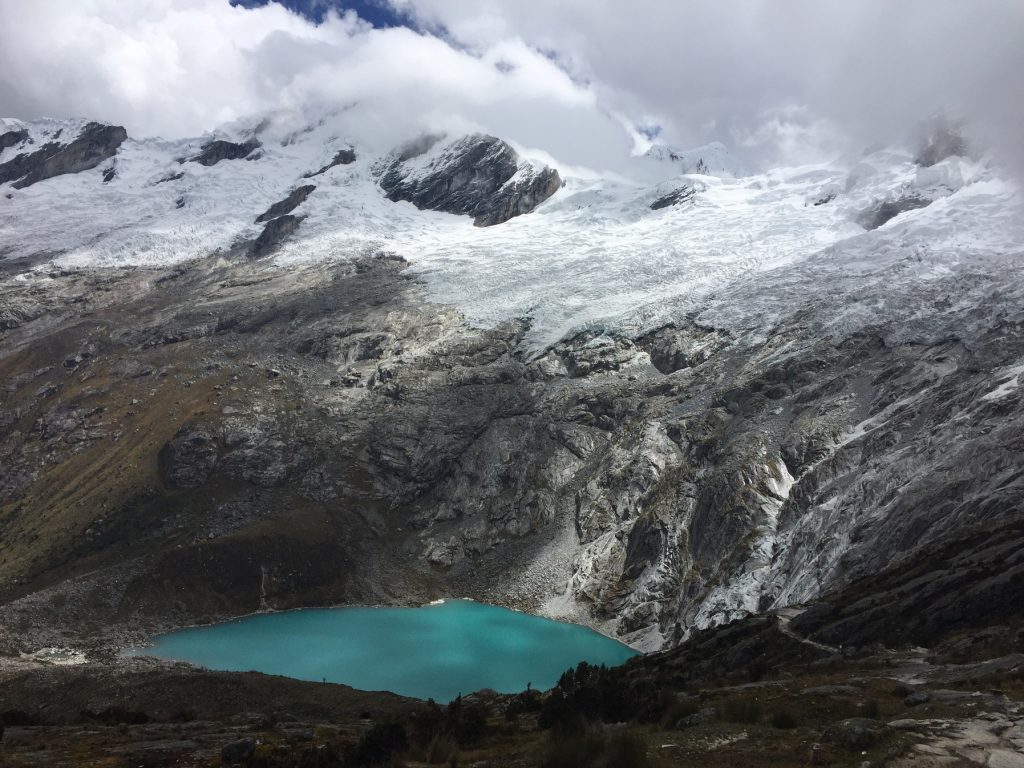Introducing our Spirits Shop team
Author: Issariya Morgan

We’re delighted to open the doors to our new dedicated Spirits Shop this spring. Our store is staffed by passionate experts who live and breathe fine spirits, always on the hunt for the rare, the exceptional or the funky. Let us introduce you to our team.
Eddie Garner
Spirits Advisor
“What comes to mind when I think spirits? It would be easy to romanticise about a warming smoky dram from Islay, the creamy roundness of Tequila, the rich diversity of rum, or the refreshing fervour of gin. But rather than any one style, I find myself instead pondering the idea of growth.
Spirits in general are booming; never before has their reach been so grand. From Scotland to Japan, Scandinavia to New Zealand, spirits are everywhere. You can barely toss a stone without hitting the newest brand of gin.
For me, whisky is at the heart of the spirits world (once the “heads” and “tails” of the distillate have been separated, the “heart” is what remains, after all). There are plenty of distilleries with a tumultuous tale of closures behind them, but today the narratives are all about resurrection.
On Islay alone, Port Ellen and Port Charlotte distilleries plan to re-open this year, planting their flags on hallowed whisky ground. Whether it’s a new success story or the return of an old favourite, these industry titans are indicative of today’s spirits climate.
I believe that we are in a rare place in history, in which tradition and innovation collide. We’re seeing the rise of modern, future-focused spirits, emerging alongside a resurgence in historic distilleries. To have both these worlds asserting themselves in the spirits industry means the door is wide open. There is so much to explore.
Given my way, you’ll find me enjoying a wintry dram from the Isle of Raasay or indulging in the rituals of Bruichladdich’s “Black Arts”. In summer, nothing hits the spot quite like Pensador Tequila or Berry Bros. & Rudd’s Own Selection Réunion Rum.”
Josh Meyer
Spirits Advisor
“A brief stint practicing as a solicitor in the City of London, and some WSET wine exams later, I joined Berry Bros. & Rudd as a Wine & Spirits Advisor, charged with looking after the London Shop’s Spirits section, along with the wines of Spain, Portugal, Southern France and Jura.
What I love about spirits – and why I’m delighted to be guiding customers in our brand-new dedicated shop – is that this remains a category where, if you know where to look, it is possible to discover fantastic value.
In specialist spirits circles, people wax lyrical about the distillates of yesteryear, but the truth is that there are true gems out there at all price points today. Some of the newer faces on the block – Ardnamurchan Distillery in the Highlands, Isle of Raasay off the coast of Skye, English rum-makers Scratch, to name only a few – are displaying exceptional talent.
It is particularly inspiring to work for an institution with its own illustrious history of independent bottlings. The noses that pick out these single casks, as well as those for our exclusive barrel selections, are some of the best in the business. Taking customers through our quarterly releases is one of the real joys of the job.
I’m engaged professionally and privately in the assessment (and consumption) of all spirits categories. But if I were forced to name some styles I seek out the most, they’d be peated whiskies (not just Islay), high ester rums (Jamaica and Trinidad) and earthy Mezcals (such as Tepextate and Tobalá).
I am currently a student on the WSET Diploma in Wines. Sensory analysis is sensory analysis; the more complex, high-quality juice you taste, the better your judgment of all things liquid.
I really look forward to helping you discover delicious new spirits at No.1 St. James’s Street.”
Iain Glover
Spirits Advisor
“Becoming a Spirits Advisor at Berry Bros. & Rudd was a small step on a very long road.
My great-grandfather ran an illicit still in the Highlands; my grandfather was the landlord of the Prince Alfred pub in Maida Vale (and appreciated a good dram); and my father introduced me to Berry Bros. & Rudd itself, when he invited me to join him at a whisky tasting event in the cellars at No.3 St James’s Street.
I was working as a brewer when I first stepped foot in the Napoleon Cellar, but I left with a suspicion that the time had come to leave beer behind and start moving up the ABVs. Luckily, this was at the time that Berry Bros. & Rudd was plotting to open a new, dedicated spirits shop.
It is an extremely exciting time to be working in the spirits industry. There are a whole range of wonderful spirits being produced – whiskies, Tequilas, Cognacs and more. Two of a distillery’s finest tools are patience and time and, as we see an increase in each distillery’s stock of aged liquids and in different types of wood, we should see an even greater variety of high-quality bottlings appearing.
I have a particular soft spot for rum and Bourbon, and have been fortunate enough to sample some incredible bottles during my time at Berry Bros. & Rudd. With so many new distilleries and releases available, sampling and learning about spirits has never been more necessary. Indeed, we have an excellent selection of bottles open in-store which are available for anyone to sample.”
Visit our new store at No.1 St James’s Street




